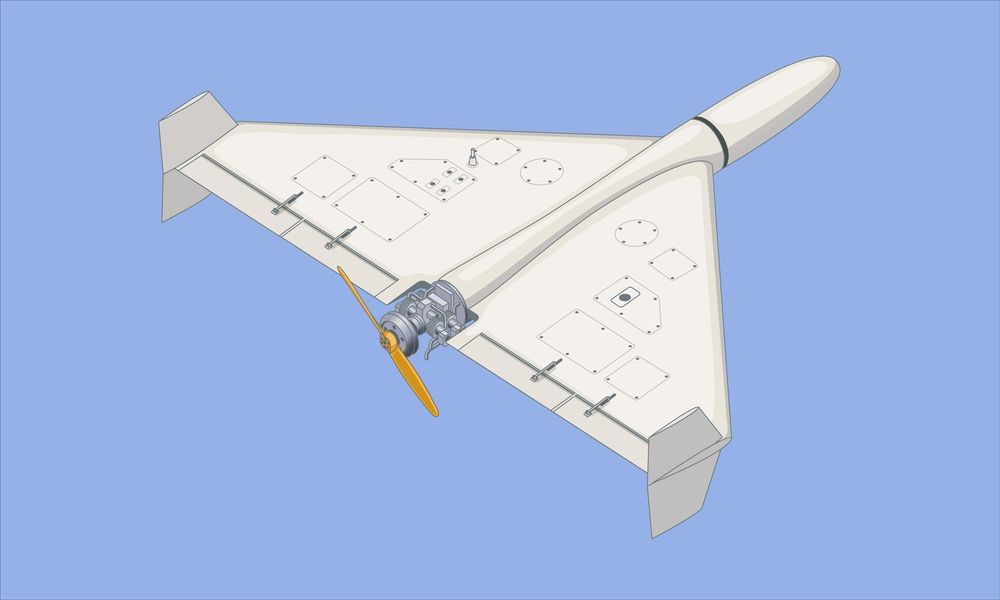
White Paper: Defending Against Group-3 Drones
Executive Summary
The use of unmanned aerial systems (UAS), or “drones,” has been essential to military operations since the 1970s; drones closely fitting the modern definition have existed since the 1950s. Drones aren’t newcomers on the battlefield, but technology continues to get more sophisticated and, in turn, more difficult to stop.
The battlefield of tomorrow requires a new outlook on C-UAS. Defending the skies against more significant drone threats like the Orlan-10 and Shahed-136 is necessary for military forces. How can the DoD defeat these drones while reducing costly collateral damage and protecting innocent civilians?
This whitepaper will summarize the current challenges in combating weaponized UAS/UAVs, specifically the significant threats posed by ever-evolving Group-2 (21 to 55 pound) and Group-3 (55+ pound) drones. We will examine what solutions are currently available to defend against said threats. Finally, we will discuss the Counter-UAS (C-UAS) solutions that Fortem Technologies offers to address the newest drone threats and the danger they pose to public safety.
Current Situation, Summarized
Since Russia’s full-scale invasion of Ukraine, drone attack reports have dominated headlines worldwide; on any given day, you can find video footage online of air strikes where UAVs carrying explosives decimate a target.
This week, The Washington Post reported that Iranian Shahed-136 drones were used in a recent attack on the Ukrainian capital, Kyiv, targeting power stations and other utilities. The use of these drones comes as no surprise. In July, White House National Security Adviser Jake Sullivan said that the administration had “information that the Iranian government is preparing to provide Russia with several hundred UAVs.” The Russians use these weapons to devastating effect without consideration of risk to their troops or the cities filled with innocent civilians.
The expansion of attack drones in military conflict and the proliferation of enemy/terrorist drone developments are only escalating the need for a viable C-UAS response. Large-scale hostilities reach far beyond the battlefield, with civilian casualties reported on all sides.
It is estimated that the global defense/military drone market will reach $23.78 billion by 2027 as drones have become a primary tool used in today’s world for combat, research, development, target decoys, or supervision purposes (source: Fortune Business Insights). With increased military spending on UAS, defending the skies against threats like the Orlan-10 and Shahed-136 is unavoidable. So how do we ensure mission-critical success while addressing the call to action our world leaders have pressed upon defense organizations to defend our skies and protect innocent bystanders?
Are All Methods of Defeat Created Equal?
The Iranian-made Shahed-136 “suicide” or “kamikaze” drone has a range of 1,500 miles, weighs 440 pounds, can carry an 80-pound explosive warhead in its nose, and travels at speeds up to 115 mph. These drones can be fired from a mobile, truck-mounted launcher, making it difficult to detect “left of launch.” Its small size, low altitude and speed, and ability to change direction in flight make it harder to detect and track using most radar solutions, but not impossible.
Let’s look at the varied defeat methods available in today’s market:
Jamming. Experts say the Shahed-136 depends on a small civilian motor and commercially available GPS systems, making it susceptible to jamming. The issue with using this takedown approach is the possibility of collateral damage and personal injury that a crashing drone can cause. Using a drone jammer risks interfering with the signals of other mission-critical devices nearby.
Missiles. While missiles are very good at killing drones, they are considered one of the most costly approaches to C-UAS. Missiles make sense when you’re dealing with a much larger aircraft, like the Shahed-136 drone, but this approach also creates an issue of collateral damage and loss of innocent lives. Blowing a drone out of the sky with a shoulder-fired warhead will inevitably bring flaming shrapnel down on something or someone.
Intercepting. We would argue that the most intelligent way to defeat more significant drone threats is with another drone — a drone interceptor, to be exact. Drone interceptors are highly-advanced UAVs that specialize in defeating other drones. This way, the threat is not only neutralized, but it also minimizes the issue of costly collateral damage and loss of life or injury.
Enter the DroneHunter® F700 platform.
The World’s Best Drone Interceptor
The DroneHunter® F700, part of the Fortem Technologies SkyDome® System System, is a “blue-force” interceptor built to detect, assess, and defeat low-flying UAVs. The fully autonomous, radar-guided F700 is a C-UAS with proven field success; purpose-built for speed and agility, it can stop opposing drones day and night, even in adverse weather conditions. Its ability to defeat more than one drone per mission and its quick relaunch time of under three minutes makes it an affordable and effective C-UAS solution.
Paired with our TrueView® R20 Radar, the F700 is one of the market’s most intelligent and spatially aware interceptors. Capable of acting alone or cooperating with multiple units to protect large, restricted areas, the F700 can take cues and updates from ground/fixed radar and even integrate with long-range government-supplied radars.
Armed with multiple NetGuns™ and revolutionary Drogue Chute, the DroneHunter® F700 can capture or disable rotary and fixed-wing crafts, including Group-1, Group-2, and Group-3 threats like the Russian Orlan-10 (reconnaissance) and Iranian Shahed-136 drones.
The onboard NetGun™ on the F700 fires a net, capturing an offending Group-1 or Group-2 drone and towing it to a specified location or dropping it to the ground (depending on size and speed). For the F700 to defeat or take down the faster, heavier Group-2 and Group-3 drones, a drogue chute attached to the F700 is used in conjunction with the net, destabilizing the threat and allowing for a slower descent and predictable landing.
In addition to the superior takedown methods employed by the DroneHunter® platform proudly touts the following features:
- Easy Integration. While the DroneHunter® F700 can seamlessly integrate with the Fortem SkyDome® Manager software, a modern, open API allows the F700 to integrate with several of today’s leading command and control (C2), including FAAD C2.
- Real-Time Data. The F700 will investigate offending drones while onboard optical cameras stream real-time data to the SkyDome® Manager C2, enabling informed risk assessment and long-range mitigation capability based on the most accurate data.
- Autonomous Flight. Equipped with advanced AI for accurate threat assessment, the F700 evaluates threats, selects an appropriate operating mode, and autonomously adjusts tactics based on a threat’s level, location, speed, and direction.
- 24/7 Readiness. Fixed SkyDome® System installations often employ several F700s spread out across a landscape, able to activate remotely, without human aid, at a moment’s notice. In this scenario, a weather-proof hangar called the DroneHangar™ houses the F700, keeping it in ready condition, charged, and protected from adverse weather conditions. Fortem Technologies offers a vehicle-mounted variant of the hanger for mobile needs.
In Conclusion
With nearly 5,000 drone captures, Fortem Technologies has perfected more than 68 scenarios to optimize against various threat profiles, sizes, and speeds. The systems started with slow targets, and with its newest round of platform enhancement, the F700 is performing against targets exceeding double those earlier documented speeds.
Fortem Technologies is currently working with a partner to provide the C-UAS solution for the Qatari Ministry of Interior and Safety and Security Operations Committee (SSOC) for the FIFA World Cup events starting in November of this year.
In May of this year, Fortem Technologies deployed two DroneHunter® F700s in Ukraine, where the Group-3 Shahed-136 drones are used to attack military bases, refineries, and other vulnerable sites. Recently, Fortem Technologies has been asked to deliver multiple units of the Fortem SkyDome® Man-Portable Counter-UAS systems to assist in the U.S. government’s long-term commitment to supporting Ukraine. Most defensive systems available are costly and take months or years to produce, limiting how many can be distributed and forcing military planners to prioritize sites deemed most vulnerable. The Fortem Technologies SkyDome® System System is the airspace awareness and C-UAS solution of choice.

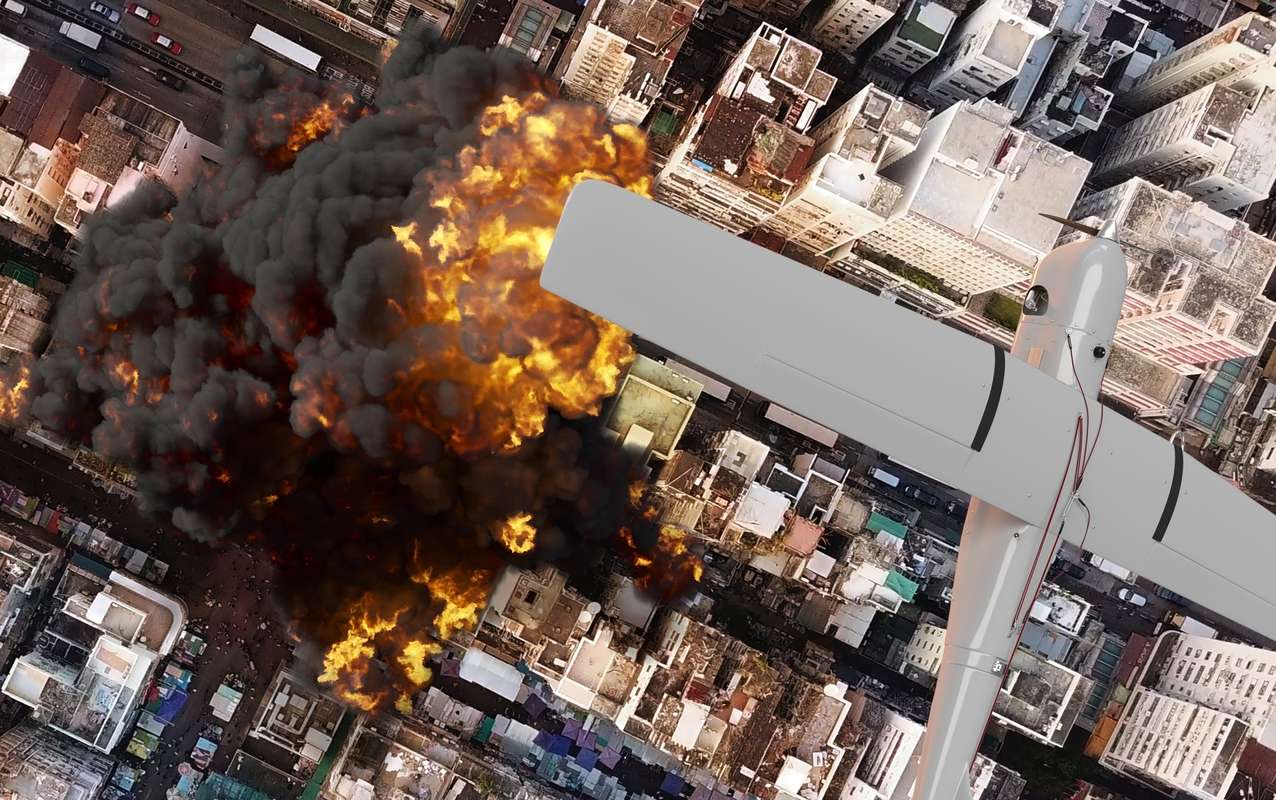
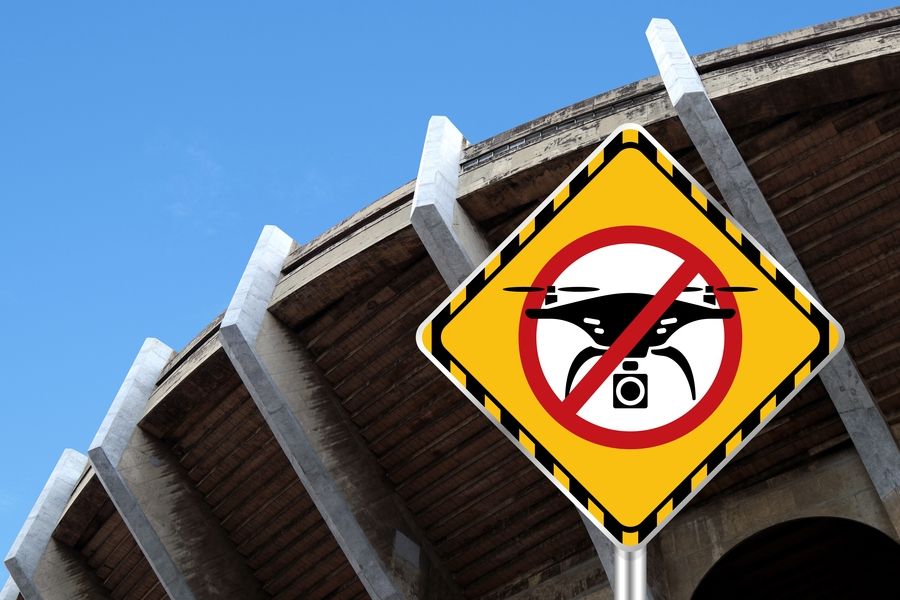
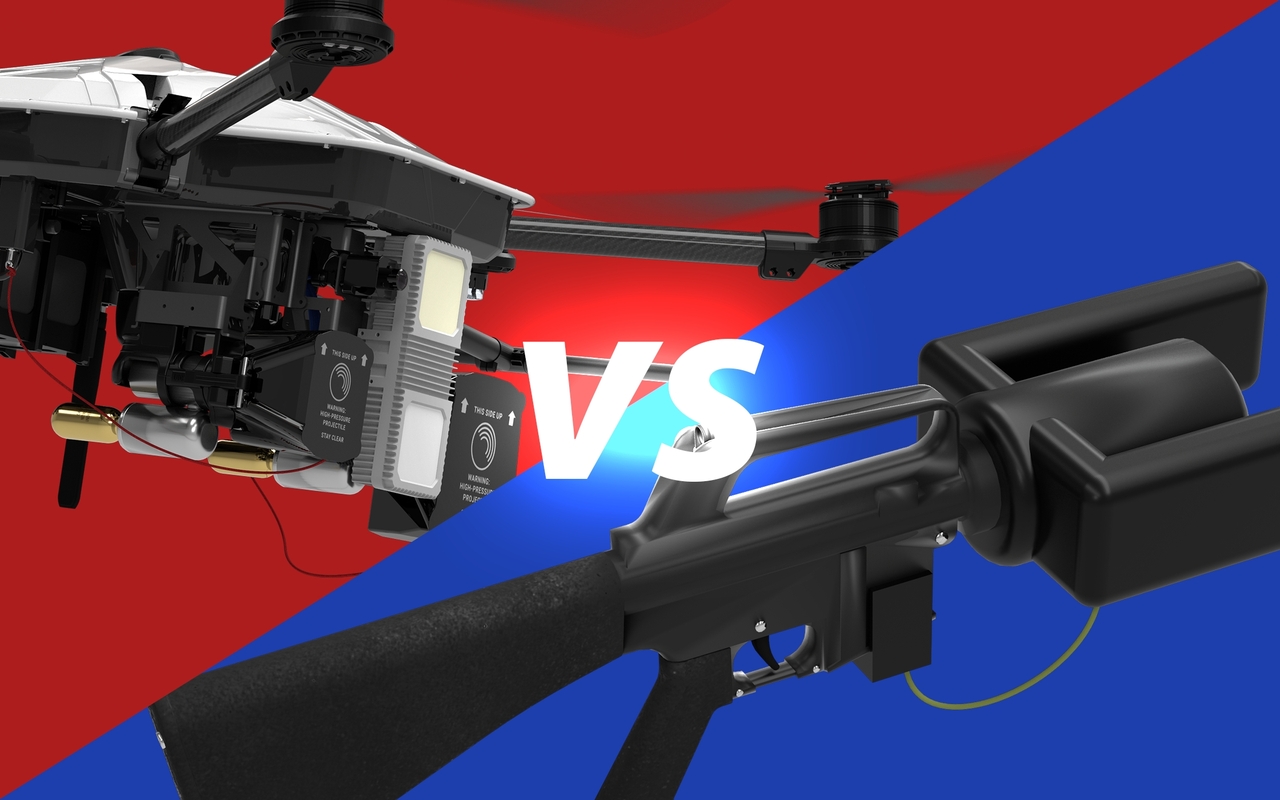
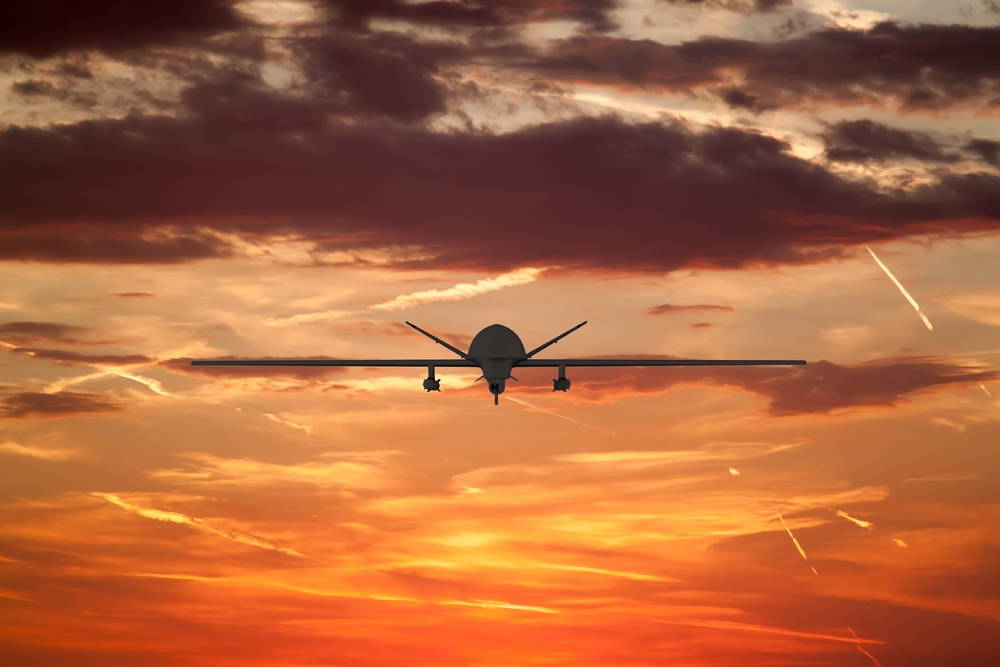

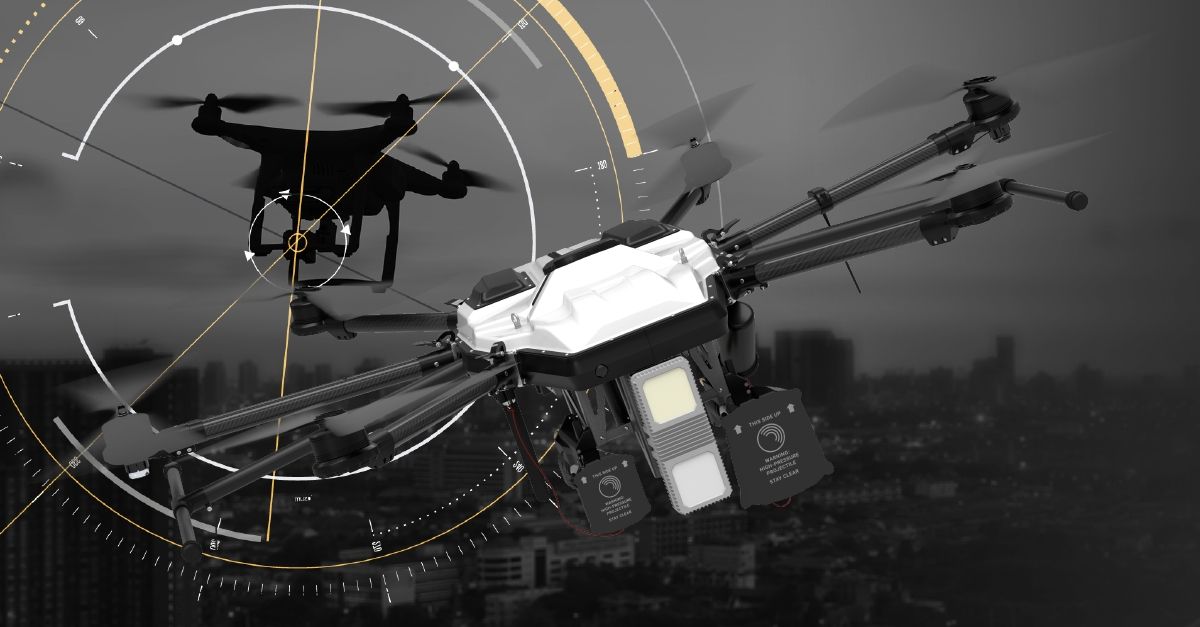

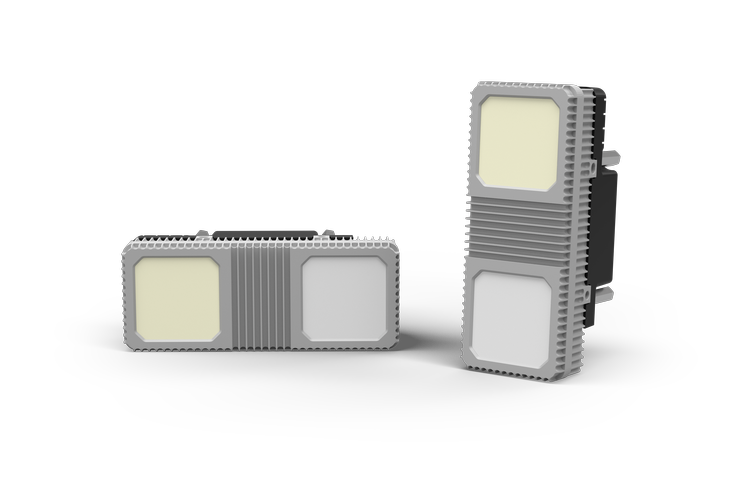
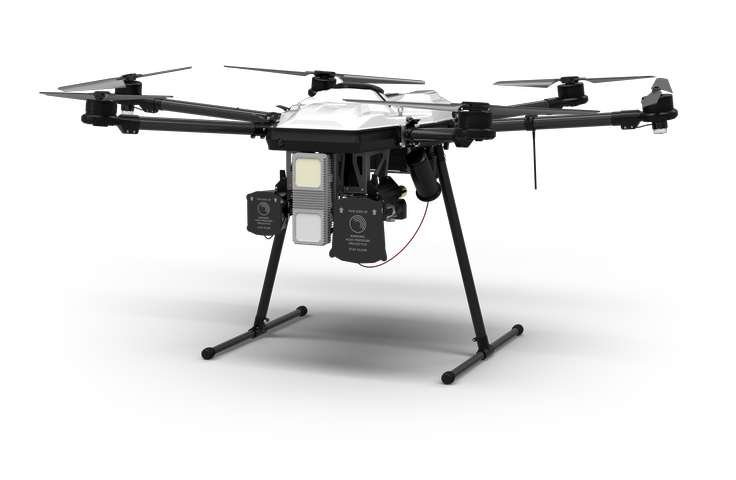
Related posts